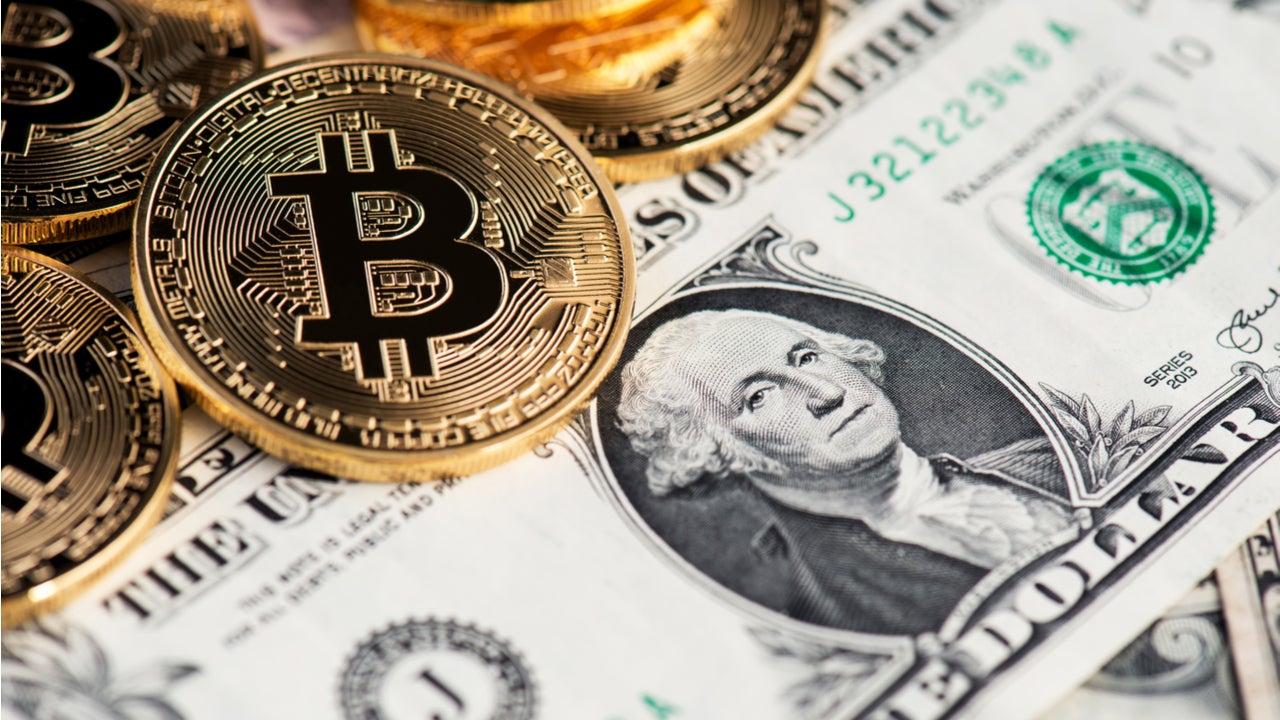Peer-to-peer loans: What they are and how they work

Key takeaways
- Peer-to-peer lending involves borrowing money from a group of people or a company, rather than a traditional lender like a bank or credit union.
- A peer-to-peer platform connects you with a group of investors that may be able to fund your loan.
- Peer-to-peer lenders tend to have lower credit requirements than other lenders — some approve applicants with credit scores as low as 600.
Peer-to-peer lending, or P2P lending, matches borrowers with a network of investors. Unlike a traditional lender, the investors you’re connected with — either a group of people (peers) or a company — decide whether to fund your loan.
Although the same factors are used to evaluate your loan application as a traditional loan, the eligibility requirements often aren’t as stringent.
What is peer-to-peer lending?
Peer-to-peer lending brings investors directly to consumers who are looking to borrow. Traditional personal loans come from institutions like banks, credit unions or online lenders. Peer-to-peer lending, in contrast, involves borrowing money from a person or company that invests in your loan.
How does peer-to-peer lending work?
Most peer-to-peer loans are arranged through online lending platforms. The whole process takes place online and usually has a short turnaround time. Here’s how it works:
- Prequalification: See if you are eligible for a peer-to-peer loan through the site’s prequalification process, which will give you an estimate of what your potential loan terms and annual percentage rate (APR) — your interest rate, plus any fees — could be if you apply. Prequalify with as many lenders as possible when shopping for a peer-to-peer loan to find the best deal.
- Application: If you qualify and the offered terms are competitive, you can apply on the lender’s website. Remember that the lender will perform a hard credit check at this stage of the process, which will temporarily drop your credit score.
- Approval: Depending on the peer-to-peer lender, the approval process may be completed quickly, in potentially as little as a few hours. Some lenders take longer: anywhere 24 hours to five days or as long as about two weeks.
- Funding: Once approved, multiple investors will review your loan. Depending on how much you want to borrow, they’ll either pay in a portion — or the entirety — of your requested amount.
- Electronic transfer of funds: Once your loan gets enough investors, you’ll get your money, usually through an electronic transfer. Depending on the lender, your funds may be deposited within one business day.
- Loan payments: Make fixed monthly payments that get disbursed to all the investors on your loan based on your repayment terms.
How does peer-to-peer lending work if I want to lend money?
If you would like to lend money through a peer-to-peer lender, you’ll create an online account that you can then use to review various loan options and terms. You’ll also be able to track loan repayment through your account.
Just like every other investment, there are risks associated with lending money to others through a peer-to-peer platform. Most notably, you could lose the money invested if borrowers default on the loan and cannot repay the debt. This is especially true with peer-to-peer loans, as they are unsecured loans that do not require providing collateral.
However, you can have as much or as little control over the process as you wish, including limiting how much you invest or spreading your investment across multiple borrowers to reduce risk of losses.
Some platforms may feature help when you are deciding on individual loans, while others will disperse your money automatically.
What fees do peer-to-peer lenders charge?
The most common fee you’ll encounter with peer-to-peer lenders is an origination fee, typically up to 10 percent of your loan amount. This fee should be deducted from your total loan amount. You may also be charged late fees if you miss a payment.
Before applying, check the lender’s terms and conditions page to see if any other fees are charged. These can quickly add up and become costly additions to your monthly payment.
What can I use a peer-to-peer loan for?
Most peer-to-peer loans are unsecured personal loans. Like personal loans from financial institutions, you can use them for almost any legal purpose, like:
- Buying a car
- Debt consolidation
- Fertility treatment
- Home improvement
- Major expenses like medical bills or a car repair
- Moving expenses
- Wedding expenses
- Small-business loans for starting or growing a business.
Like other personal loans, most P2P lenders have restrictions. For example, most won’t let you use your money for gambling and prohibit using the money for investing in stocks, any form of pure financial investing or direct sales. Some lenders also prohibit you from using the funds for postsecondary education expenses like tuition or room and board.
Where can you get a P2P loan?
There are a lot of online marketplaces that offer P2P loans. Here are some popular platforms to help jumpstart your search:
- Kiva: Kiva connects borrowers who need microloans for their small businesses with a network of lenders. Instead of using your credit score to underwrite the loan, Kiva requires prospective borrowers to establish their creditworthiness through a process it calls “social underwriting” which involves first asking friends and family to lend them money. Once the social underwriting process has been satisfied, the loan request is opened to public fundraising for full funding.
- Prosper: Founded in 2005, Prosper was the first peer-to-peer lender in the United States. It offers personal loans of $2,000 to $50,000 to qualified borrowers; origination fees range from 1 percent to 9.99 percent. To qualify, you must have a minimum FICO score of 600.
What are the benefits and drawbacks of peer-to-peer lending?
If you’re considering taking out a personal loan through a peer-to-peer marketplace, know the pros and cons first.
Pros
- Fair credit accepted: Some peer-to-peer marketplaces allow borrowers to have credit scores as low as 600. Some lenders, like Kiva, have no minimum credit score requirements.
- Quick funding process: Most applications can be completed within a few minutes, and if you’re approved, you can expect your money within a couple of days.
- Small loans available: Some lenders may fund a loan as small as $1,000. This is smaller than the minimum for many standard personal loans.
Cons
- More fees: Peer-to-peer lenders tend to charge substantial fees, some with origination fees alone that range from 1 percent to nearly 10 percent of your loan amount.
- High interest rates: Depending on the marketplace, you might have a higher interest rate than you would with traditional lenders. Shop around for the best rates before completing an application.
- High monthly payments: Because of the high rates, you could be stuck with a monthly payment that may not be easy to cover if you’re on a strict budget.
Is peer-to-peer lending safe?
Peer-to-peer loans from reputable lenders are as safe as traditional loans. The lending platforms safeguard your personal and financial information just as a traditional bank or online lender would. There are some red flags in peer-to-peer lending, however.
For borrowers, the drawbacks center around the origination fees and higher interest rates. There may also be less customer support available if you’re having trouble repaying a peer-to-peer loan. Investors take on the most risk with peer-to-peer loans. If borrowers don’t repay their loans and go into default, it’s likely investors won’t get their money back.
Bottom line
While peer-to-peer lenders offer personal loans like other financial institutions, they aren’t quite the same. This type of lending brings you directly to financial backers, who fund your loan instead of a bank. Borrowers with a strong credit profile who need funds quickly may find that they can score favorable rates and terms by using a P2P loan.
Borrowers with fair or poor credit should be aware that though eligibility requirements may be more lenient with P2P lending, the risks, rates and fees involved can sometimes outweigh prospective benefits. Be sure to research the lenders you want to work with and prequalify, then weigh your options. As with any loan, there are pros and cons to borrowing peer-to-peer loans.
You may also like

What is an unsecured business loan and how does it work?

What is crypto lending and how does it work?

Red flags of peer-to-peer lending



